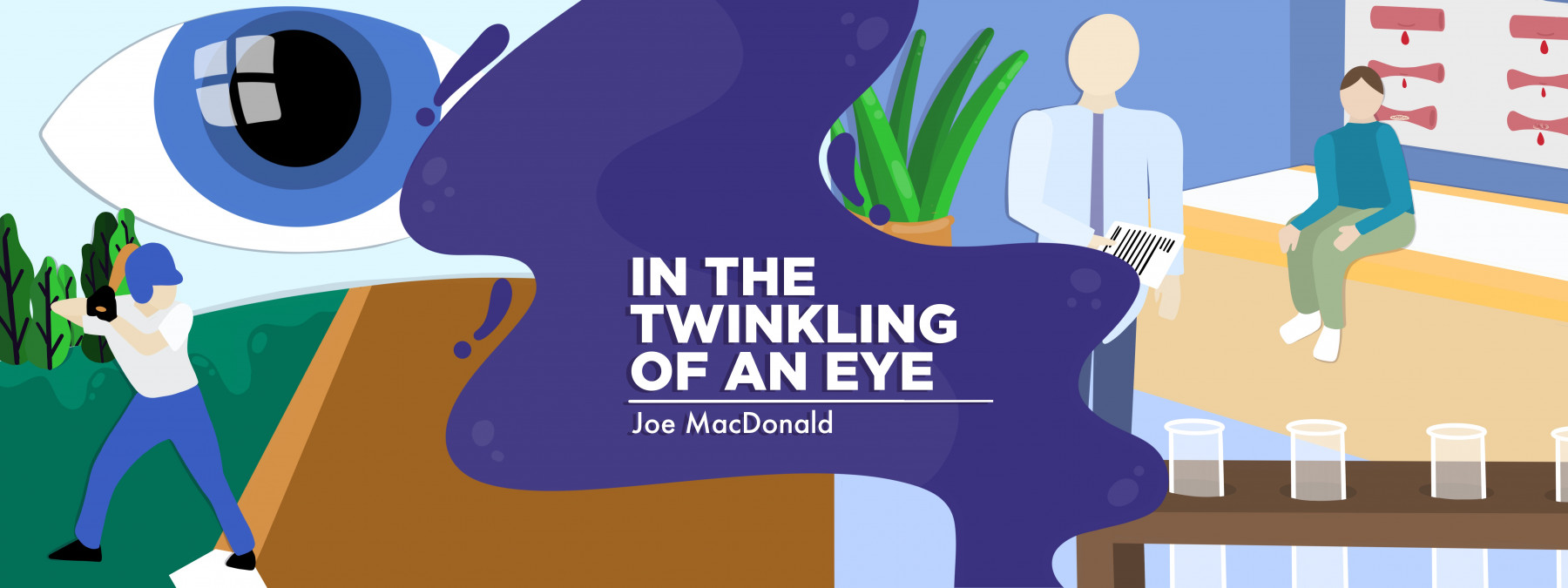Proactivity Is a Great Tool When Treating Hemophilia
Prophylactic treatment can help prevent numerous medical complications

Last school year, my youngest son, Caeleb, had a difficult time as pain in his right knee and ankle resurfaced. Thank God he didn’t have any bleeding episodes, but he experienced the chronic symptoms of damage to his joints caused by past internal bleeds.
His pain often proved too uncomfortable to stay at school, causing him to miss necessary instruction and social time in his academic community. When discomfort started to occur consistently, my wife and I grew concerned. We hoped this was not a trend that would make it impossible for Caeleb to participate in band and other areas of interest.
This year, my wife and I decided to be proactive and placed our son in physical therapy. We also talked with our hematologist, Dr. Shirley Abraham, about options for relief when my son is struggling in agony.
The good doctor prescribed medication to help prevent painful episodes and assist my boy when times get rough. Caeleb takes his prescribed medicine consistently for relief from brutal attacks. Additionally, when a breakthrough event occurs, my son takes Tylenol to help combat the pain that arises. So far, he appears to be experiencing very few bouts of pain as he begins his junior year of high school.
Before my son’s pain reared its ugly head, his preventive, or prophylactic, hemophilia treatment focused on avoiding spontaneous bleeding episodes. The therapy allows us to be proactive by helping Caeleb’s blood to clot. Thanks to prophylactic treatment, my son rarely experiences internal bleeding. However, when he started experiencing pain due to past bleeds, we discovered another type of prophylaxis.
As my son struggles with his current situation, I think back to the days when internal joint bleeding seemed to steal from him the joy of being a healthy child. I remember the years when he spent more days in the hospital than he attended school. I think of the times when he couldn’t walk and made his way around in a wheelchair.
Yet even as I reflect on the darkest times, I recall Caeleb’s strength as he fought the ravages of his disorder with all his might. I remember watching my boy struggle through spontaneous internal bleeding episodes. We often feared that hemophilia might overwhelm our son, but his strength allowed him to conquer the worst circumstances. He uses the same power now when he experiences pain in his joints.
As my son starts another academic year, I hope he feels equipped and ready to handle whatever it may bring. Hopefully, his medical regimen continues to offer him relief from both hemophilia and residual pain. Equipped with the right balance of therapeutic care, Caeleb may feel empowered to move forward and accomplish his goals. We hope his medical road map will help guide him on his chosen path.
Note: Hemophilia News Today is strictly a news and information website about the disease. It does not provide medical advice, diagnosis, or treatment. This content is not intended to be a substitute for professional medical advice, diagnosis, or treatment. Always seek the advice of your physician or another qualified health provider with any questions you may have regarding a medical condition. Never disregard professional medical advice or delay in seeking it because of something you have read on this website. The opinions expressed in this column are not those of Hemophilia News Today or its parent company, Bionews, and are intended to spark discussion about issues pertaining to hemophilia.








Leave a comment
Fill in the required fields to post. Your email address will not be published.